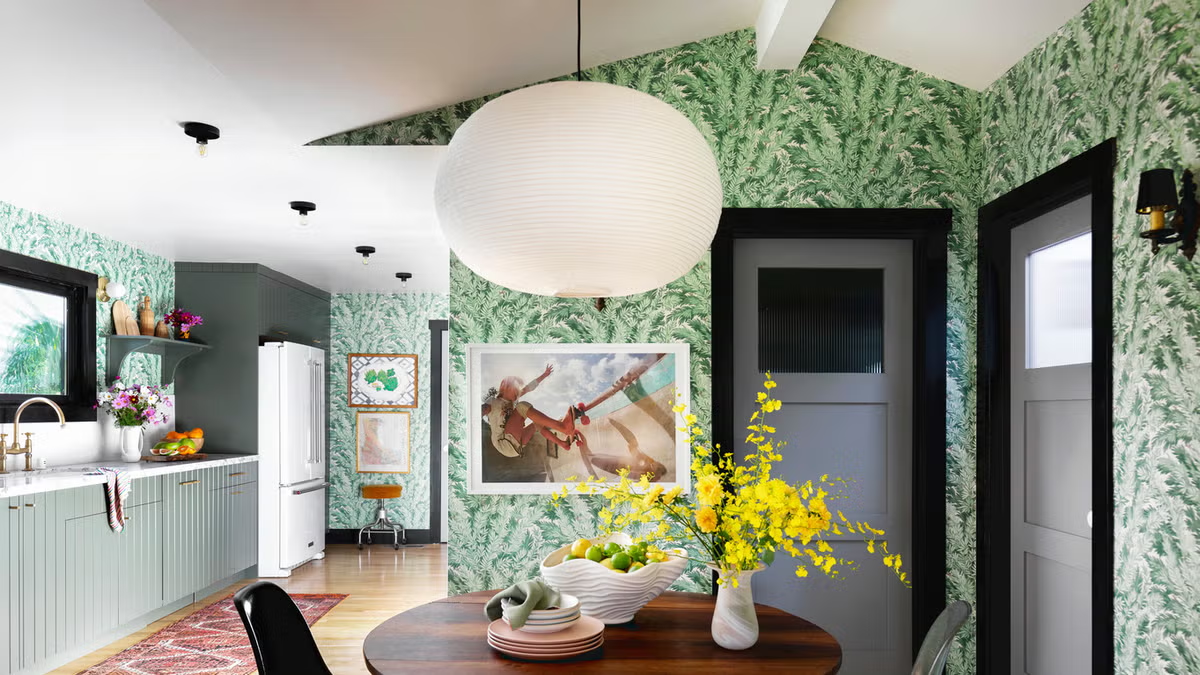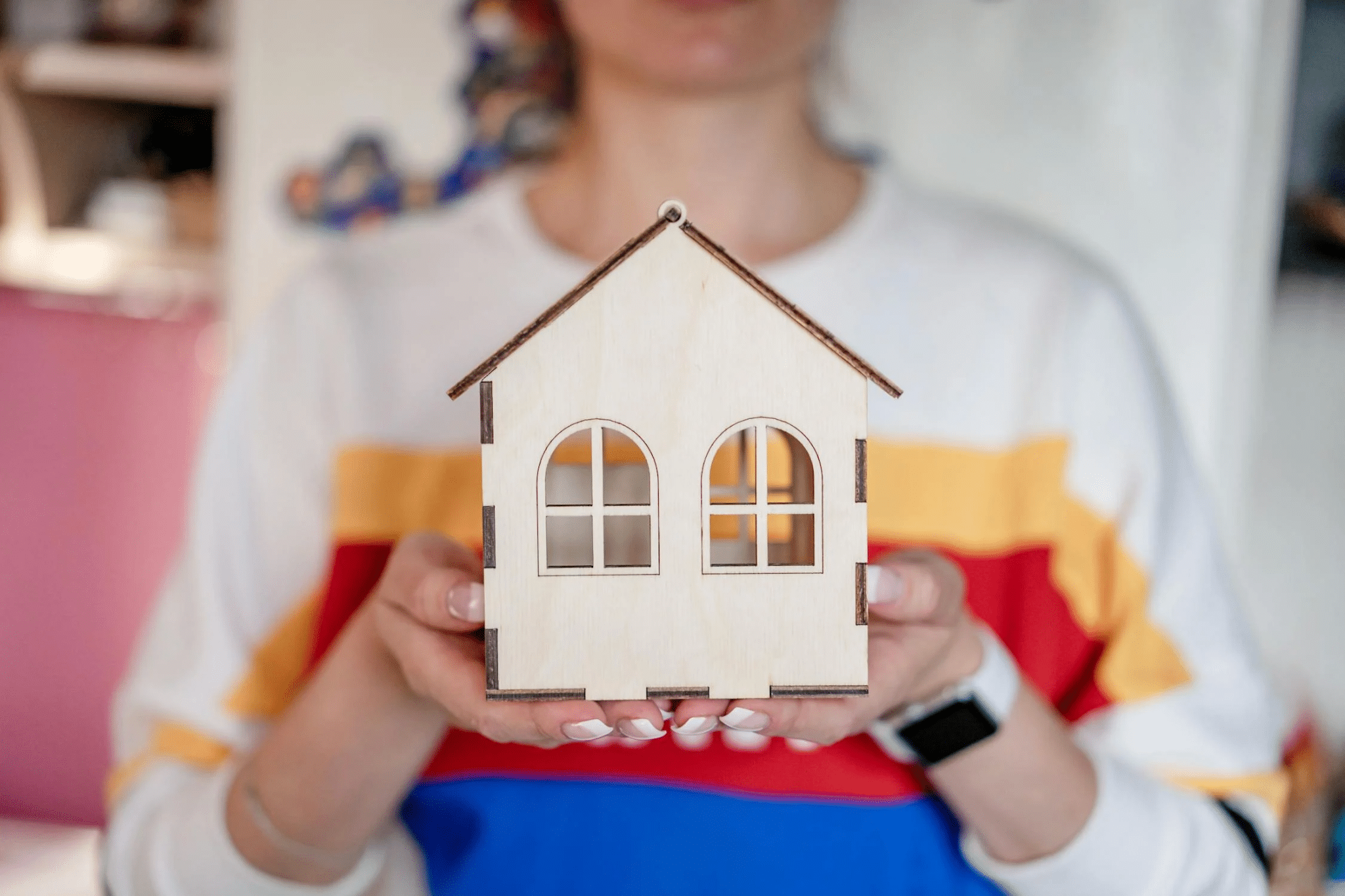Quite a lot of home builders have resigned to the belief that building a home is all technical. It is all about picking the right floor plans and finishes, the correct plot, and so on. Sure, all these things are just as important. However, what’s more important is creating a living, breathing extension of yourself in the form of a home.
Your dream home must be the embodiment of you and should allow you to live out your lifestyle in the best way possible. It should incorporate innovations that make life easier for you. Forget the usual cookie-cutter suggestions. Let’s get into a fresher approach to custom home building that balances out creativity, practicality, and long-term value.
Reverse Engineering Your Dream Home
For a minute, forget about HOW you’re going to build your home. Let’s focus on WHAT we are going to build. Think carefully about your daily rituals and quirks.
For example, do you love waking up to natural light? That may require you to place the master bedroom facing east. You might hate cooking but love entertaining. Skip the oversized kitchen and invest in a great outdoor gathering space instead. Get the idea?
If you’re considering building a home that balances function and style, 3 bedroom house plans offer a great starting point. They provide flexibility for growing families, home offices, or even a dedicated hobby room. Check out these 3 bedroom house plans for inspiration tailored to modern living.
What we are essentially trying to do is work backwards from your lifestyle needs as opposed to stuffing those needs into a blueprint. This ensures that every corner of your house fulfills a purpose for you.
Consider creating a “mood matrix” which is a grid that maps out your activities against ideal spaces and features. Start by mapping out what you want. Need a reading nook bathed in afternoon sun? Want an easy indoor-outdoor transition for summer parties? You’ll have to give it a moment and map all that out.
Think in Terms of Experiences, Not Rooms
Let’s discard the idea of designing “rooms” and try to design “experiences.” A traditional structure adds predefined spaces to a property. These spaces might not always make sense.
For instance, a dining table added right in the middle of the dining room is quite simple. It is in fact what everyone does. Now imagine if you were to rethink this space in terms of the experience. You’d consider the need for nourishment and togetherness as a family unit.
In this instance, you might rethink the boring old table and replace it with a floating dining pod, a mini bar for drinks, floor length windows that overlook a water feature boosting relaxation and happy vibes. You could even change the color to spark a certain feeling. Professional house painters can suggest the best color according to what you want to achieve. For example, reds and yellows spark hunger so that is what we might use in this case.
Another great idea would be to transform the living room into a cozy, sunken conversation pit with a lush indoor garden somewhere in the background. Since the experience you want to achieve is spending time with your family or simply relaxing, away from stimulation, this is the perfect setting to meet those outcomes.
Let’s Step Beyond the Visual Sense

There are four other senses that we never seem to take into account when designing. It is simply vision that we focus on to create aesthetics. However, have you ever considered introducing good acoustics to the mix?
Your master bedrooms could, for instance, be soundproof. Aromatic wood finishes or built-in herb gardens can add an element of relaxation to the surroundings.
Texture, the sense of touch, is also important. Mix smooth and rough surfaces (like polished concrete against reclaimed wood) to add more depth to your home’s personality. Lighting can also be used to create specific moods!
The Future is Now
Don’t leave your dreams for sustainable living to the future. If you want to start living sustainably someday, why not today. Consider investing in adaptable spaces, such as an office that can morph into a nursery or a guest suite that doubles as a rental unit.
Modular walls can make your home more dynamic which means you don’t need costly renovations every year. Moreover, investing in solar or geothermal heating can get you to enjoy year-round energy savings.
The Personal Narrative
Homes shouldn’t just be built well. They should reflect the owner’s personal narrative. They should be able to tell a story.
Add elements to your home that represent you such as a built-in gallery wall, custom mosaic tiles with hidden symbols, or a secret passage that leads to a private reading room.
Even the furniture can be turned into an element. Your staircase could double as a bookshelf, or a fireplace mantel could be made entirely from a tree that once stood on your property. These personal touches are what makes your home your own.
For those who love making a statement, even custom printed tees could become a design element framed collections showcasing travel memories, achievements, or artistic designs can turn walls into storytelling pieces.
The Understanding of Scale and Movement
Certain homes fall victim to “flat” design, where everything feels static. Try to incorporate varying ceiling heights, split-level floors, or curved pathways to add a sense of movement and flow.
Mezzanines and lofts are a great option if you are trying to create layered experiences, while retractable walls allow the outside to merge with the inside.
Controlled Imperfections
Try not to be too rigid with your vision. The best custom homes embrace a little bit of unpredictability. Consider leaving some room for growth. You may want to grow or completely change your garden after a while. An unfinished attic can become a creative studio later. The possibilities are endless.
Handmade and reclaimed items are the easiest way to add warmth and history. Aged brass figures, artisanal tiles, and salvaged barn wood beams are just a few of the examples of additions that add character to the home. After all, it should feel lived-in and loved.
Final Thoughts
Designing your home shouldn’t just revolve around following trends. Try challenging the norms if you truly want one of the best custom homes. Build your home according to the experience you are seeking from it. This will turn it into much more than just a structure!
So, are you ready to start building? Best of luck!

